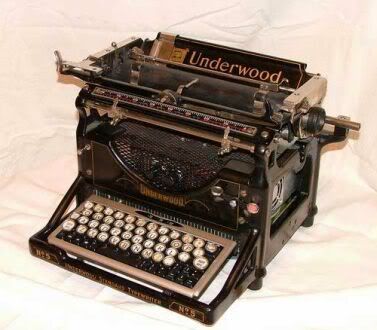Since this blog is titled "Treasures of the Old Attic", naturally the could not pass a story about the most recent attic treasure. This treasure is as real as can be and, a bit contrary to the article below, experts estimate the market value of each of its pieces at a six-figure sum.

Just how much cash they might have raised no one can say, but for students of photography the three glass-plate images that Charlotte Albright found in her attic in Buffalo, New York state, last summer are little short of priceless. Happily, the pictures are not bound for an auction house but rather the venerable George Eastman House museum in Rochester, which will display them this autumn. They are remarkable in many ways, not least because they are by Edward Steichen and - though a century old - are in colour.
As is often the case with such discoveries, Ms Albright, a 96-year-old artist, did not realise what she had fallen upon when she found the three plates in storage in her home. She knew they came from her mother, Charlotte Spaulding, a photographer herself, and assumed she had taken them.
But happily she instructed her lawyer to donate the three plates to the Eastman House. When he handed them to the museum's director, Anthony Bannon, in the car park of a Buffalo ice-cream parlour, the truth emerged. One was signed by the legendary Steichen.
It turns out, in fact, that two of the plates are portraits of Ms Spaulding, made by Steichen. That the oeuvre of Steichen, who after the Second World War became director of photography at the Museum of Modern Art in New York until 1962, should now have two new additions is an event in itself. Last year, a platinum print taken by him in 1904 in Connecticut, The Pond - Moonlight, set a record for any photograph at auction, attracting a bid of nearly $3m at Sotheby's.
"It is so rare that one has a chance to add imagery to an artist's oeuvre, never mind one of the stature of Steichen," Mr Bannon told The New York Times. "You think the ground has been pretty well covered, and then you find something like this."
But happily she instructed her lawyer to donate the three plates to the Eastman House. When he handed them to the museum's director, Anthony Bannon, in the car park of a Buffalo ice-cream parlour, the truth emerged. One was signed by the legendary Steichen.
It turns out, in fact, that two of the plates are portraits of Ms Spaulding, made by Steichen. That the oeuvre of Steichen, who after the Second World War became director of photography at the Museum of Modern Art in New York until 1962, should now have two new additions is an event in itself. Last year, a platinum print taken by him in 1904 in Connecticut, The Pond - Moonlight, set a record for any photograph at auction, attracting a bid of nearly $3m at Sotheby's.
"It is so rare that one has a chance to add imagery to an artist's oeuvre, never mind one of the stature of Steichen," Mr Bannon told The New York Times. "You think the ground has been pretty well covered, and then you find something like this."

The miracle of these plates is that Ms Albright, who probably acquired them in 1939 when her mother died, kept them all this time storedin the dark. Any prolonged exposure to light would have led to a dimming of the colours. For the same reason, the Eastman House plans only to put them on display for a limited time, probably only a few weeks in October, on a light table, before putting them away to ensure preservation.
So did Mr Bannon celebrate the find with a large sundae at the ice-cream place? "With a couple of century-old autochromes in my car, I wasn't going anywhere but directly back to the museum," he said flatly. "And I was driving very, very carefully."
So did Mr Bannon celebrate the find with a large sundae at the ice-cream place? "With a couple of century-old autochromes in my car, I wasn't going anywhere but directly back to the museum," he said flatly. "And I was driving very, very carefully."
Link









